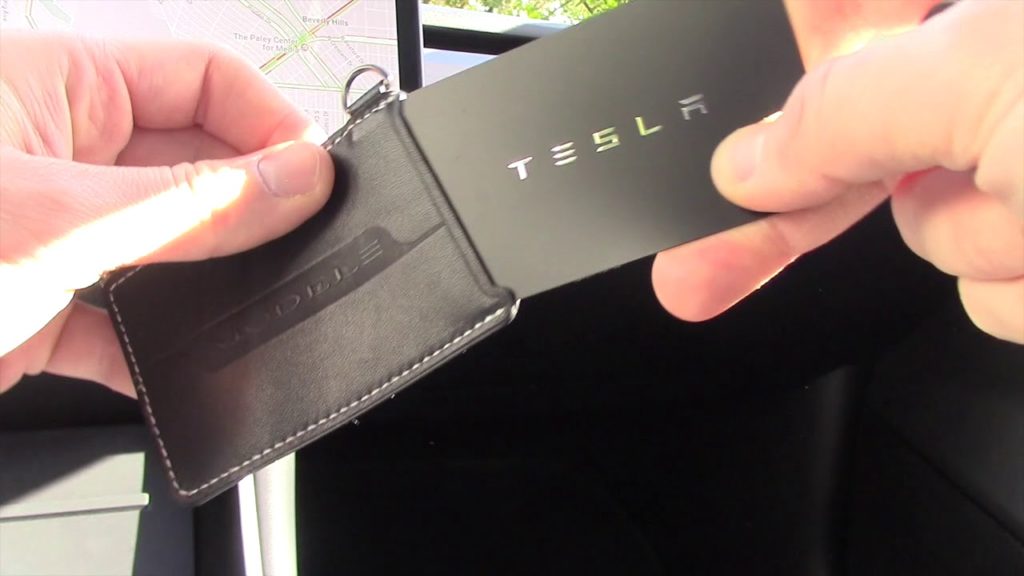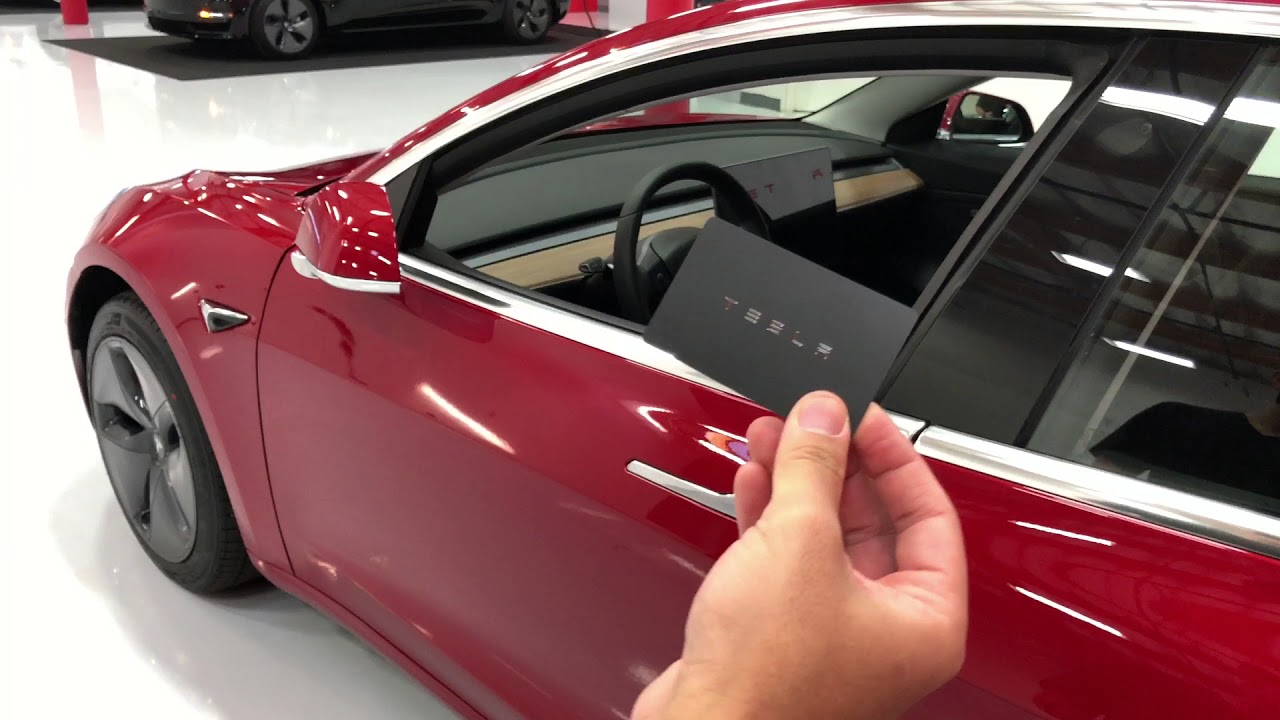While simultaneously surmounting tremendous odds and getting Model 3 production on track and on the rise, Tesla seems to have put quite a lot of effort into its delivery capabilities in order to mitigate a “delivery hell.” Sales, deliveries and after-sales service are all equally important, especially to a relatively new entrant to the automotive space.

For Tesla, it means putting out its produced cars at a pace comparable to production rate, and this is what they’ve done to handle that situation:
Earlier this year Tesla appointed a new Director of Field Delivery Operations, Kate Pearson, formerly a VP at Walmart. New reports suggest that the division is now separate from the sales department, and new General Delivery Managers have been appointed across the United States. There have also been several Delivery Manager appointments under these four GMs, and A quick look at its website will show you dozens of delivery-related positions.
What’s in Store for Model 3 in Q3?
Tesla has guided for between 50,000 and 55,000 Model 3 units produced in Q3, but we believe it’s going to breach the 60,000 mark based on VIN registrations over the past few weeks. According to analyst Romit Shah of Nomura Instinet:
“It’s changing. I mean, this quarter, we think that Tesla is gonna produce around 65,000 or 70,000 Model 3. That’s a big increase from a quarter or two ago. The whole production issue with Model 3 today is very different than what’s been going on over the last several quarters,” the analyst said.
Like our numbers, Shah is also talking about production, not deliveries. But we’ve seen that deliveries are now tracking production very closely, just as production has been tracking VIN registrations muck closer in recent months.

Now that these numbers are all tracking each other down so closely, Tesla must be prepared; it can’t afford to have a repeat of what happened in Norway with the service capacity issue.
In Summary
Tesla is a relatively new player in the automobile segment. The big guns have established delivery and dealer networks, while Tesla only has its own showrooms at this point in time. Their delivery system is only now getting into shape to be able to deliver the tens of thousands of cars they now produce on a monthly basis. It’s a good problem to have, but it’ll only get worse if Tesla doesn’t move quickly to address the gaps, which is what the company appears to be doing now. Hopefully, the lessons learned in the United States will be applied when the company moves the Model 3 overseas, which could be in the next 6 to 12 months by the looks of it.
At this critical time in Tesla’s journey, it cannot afford to give its detractors yet another opportunity to criticize the company. We sincerely hope that our prediction from earlier this month proves prophetic:
“With Tesla already so close to maximum production capacity, a repeat of production hell is not going to happen. Delivery hell, perhaps, but that’s certainly not going to be as bad.” – Shankar Narayanan, 1redDrop.com.



